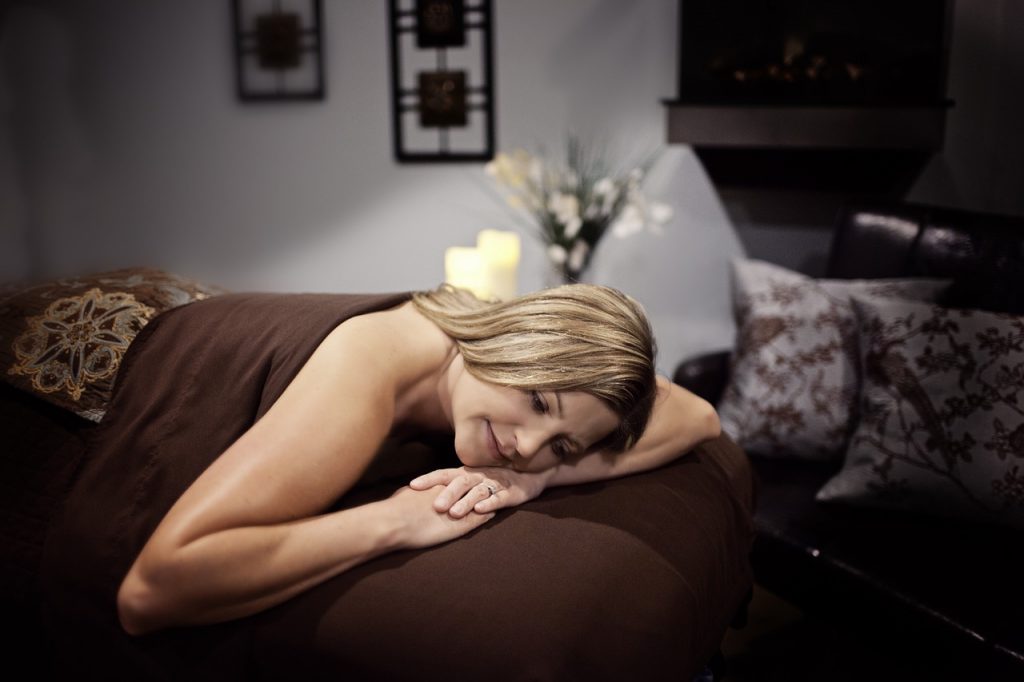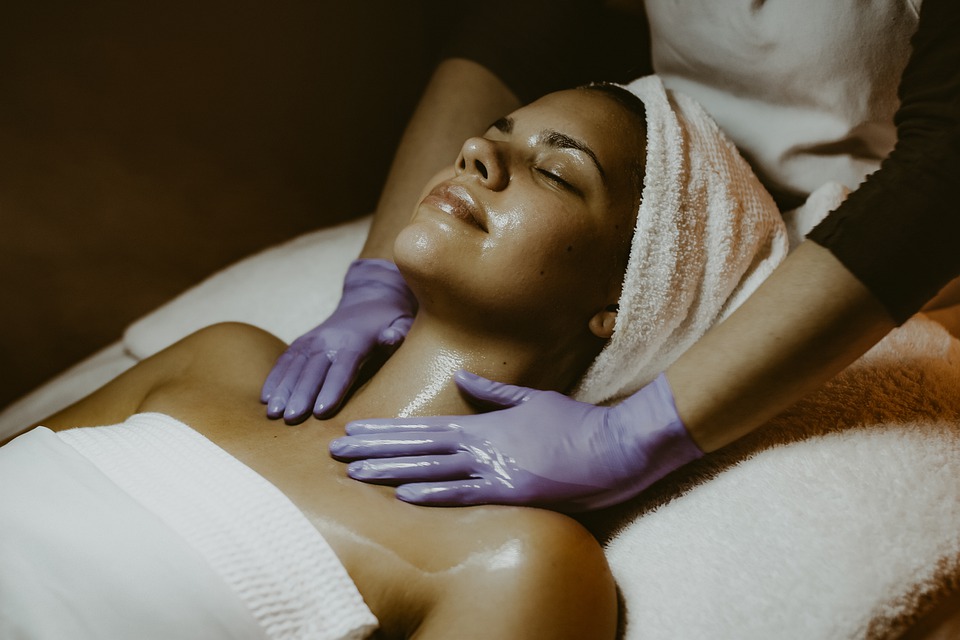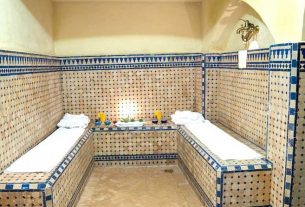If cellulite is a completely natural phenomenon, which has no impact on health, it is nonetheless an ordeal for many women for aesthetic reasons: orange peel appearance, dimpled skin, even pain to the touch…
Discover How to Massage Cellulite to Reduce It
Cellulite is a phenomenon that affects 90% of women. It is located in particular on the thighs, buttocks, stomach and even on the upper arms.
Where Does Cellulite Come From?
Cellulite is a natural phenomenon that occurs in the deepest layer of the skin. The skin is made up of 3 layers:
– the epidermis, which is the surface of the skin;
– the dermis, which lies just below;
– the hypodermis, the thickest layer, in which are located the adipocytes, the cells that store fat.
Orange Peel Skin and Poor Circulation

When adipocytes have to store a lot of fat, their size increases and their shape is reflected in the upper layers of the skin, forming an orange peel appearance on its surface. Also, when the fat cells are too large, the blood and lymphatic vessels that pass through the dermis are compressed, resulting in poor circulation.
A regular anti-cellulite massage helps to remove fat from the adipocytes, boost blood and lymphatic circulation, and tone the tissues.
Good to know: cellulite is not dangerous for your health, it is especially uncomfortable and can be a source of discomfort for aesthetic reasons.
Choose a Cream Adapted to Your Cellulite
Commercial Products…
To optimize the effects of the anti-cellulite massage, every day you can apply cream, gel or oil concentrated in active ingredients adapted to your needs. In the shops, choose:
– to burn fat: a gel or oil-based on caffeine, guarana, geranium or green tea;
– to activate drainage and fight against water retention: a cream or oil rich in caffeine, horse chestnut, red vine or juniper;
– to firm the skin: an ivy-based gel or oil that reduces the orange peel effect by tightening the skin, or sea fennel.
Good to know: oil is ideal for massaging cellulite, but it penetrates less quickly than gel for example. As for the cream, it offers the advantage, in addition to its specific action on cellulite, of hydrating the skin.
… or Homemade Anti-Cellulite Oil
You can also apply a homemade anti-cellulite oil daily. The recipe is simple, but be sure to follow the dosages. Essential oils should be handled and applied with care to avoid skin burns.
Aromatherapy: Precautions to Take

For a 50 ml bottle of anti-cellulite oil, mix:
– 50 ml of vegetable oil, preferably organic;
– 30 drops of essential oil, adapted to your type of cellulite. You can mix several essential oils; in this case, divide the doses (15 drops of vegetable oil for 2 essential oils for example):
◦ against excess fat: Atlas cedar, lemongrass, sage, lemon or rosemary;
◦ against water retention: Atlas cedar, juniper, grapefruit and evergreen cypress;
◦ against skin sagging: geranium, sage, grapefruit or sea cucumber.
Important: essential oils of lemon and grapefruit are photosensitizing, do not expose yourself to the sun after application. Essential oils are not recommended for pregnant and breastfeeding women.
Option 1: Massage Cellulite With the Palpating-Rolling Technique
Palpating-rolling is the manual technique par excellence, used by professionals, particularly physiotherapists and beauticians, to eliminate cellulite. This anti-cellulite massage technique consists of rolling the skin and kneading the skin tissue to remove fat and activate blood and lymphatic circulation. It is suitable for cellulite on the thighs and abdomen.
For an Effective Palpating-Rolling:
– Apply a small amount of anti-cellulite massage oil. The skin must not be too oily, otherwise, you will have difficulty rolling it.
– Pinch a fold of skin between your thumbs and other fingers.
– Lift the fold slightly and roll the skin between your fingers by pushing with your thumbs.
– Repeat the gesture by making lines:
◦ for the thighs: from the middle of the thigh to the outside, then from the middle of the thigh to the inside;
◦ for the belly: start on one side, from the underside of the ribs to the bottom of the belly, and make lines to the other side.
– Do the palpate-roll 2 to 3 times a week for at least 2 weeks to begin to see a significant result.
Note: in the case of fibrous cellulite, which often has been present for a long time, palpating-rolling can be very painful during the first few sessions. It is, therefore, better to consult a professional.
Option 2: Knead the Skin for an Anti-Cellulite Massage
Skin kneading is an anti-cellulite massage technique that restores suppleness and elasticity to your skin. You can easily practice it at home, several times a week, on your thighs and hips.
– Apply an anti-cellulite oil or cream to the area to be massaged.
– Grasp the skin with both hands and knead it with your fingers, with deep and wide movements, alternating the two hands.
– Move your hands over the area to be massaged and start kneading again.
Good to know: this anti-cellulite massage is also suitable for the arm, but it will then be more convenient to ask a partner to massage you.
Option 3: Use a Brush to Massage Cellulite
You can also use a brush to massage cellulite on the buttocks, thighs and hips. It is usually made of wood, with round-tipped rubber spikes. Massaging cellulite with a brush helps to firm the tissues and improve blood and lymphatic circulation.
– Morning and evening, preferably after showering, perform circular movements on the skin.
– Do not press too hard, especially during the first few sessions.
– Move from the bottom to the top.
– To be effective, the massage with an anti-cellulite brush should last at least 10 minutes.
Hope the above tips help you at home. If you wish, we can put you in touch with one or more massage specialists who will come over to your place. Also, they will be able to offer you a free, no-obligation quote! Remember to share your experience in the comment section below.



